Home>Maintenance & Safety>Pest Control Solutions>What Is Yellow Jackets About
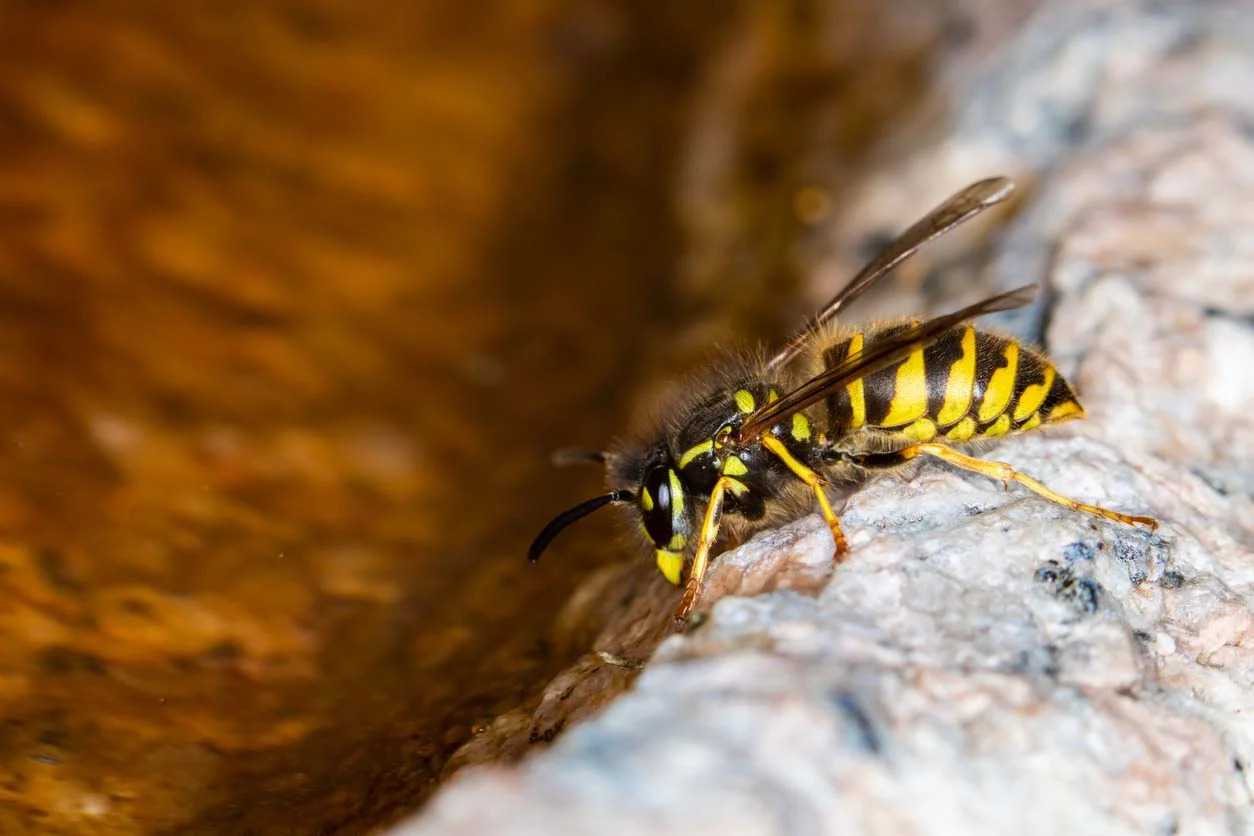

Pest Control Solutions
What Is Yellow Jackets About
Modified: March 2, 2024
Learn effective pest control solutions for dealing with yellow jackets and keeping your home safe and pest-free. Discover expert tips and strategies for managing yellow jacket infestations.
(Many of the links in this article redirect to a specific reviewed product. Your purchase of these products through affiliate links helps to generate commission for Storables.com, at no extra cost. Learn more)
Introduction
Yellow jackets, scientifically known as Vespula and Dolichovespula, are a group of predatory wasps that belong to the family Vespidae. These insects are widely recognized for their distinctive yellow and black markings, which serve as a warning to potential predators. With their slender bodies and characteristic buzzing flight, yellow jackets are a common sight during the warmer months, often evoking a mix of fascination and caution among observers.
These social insects are renowned for their aggressive nature when defending their nests, making them a potential nuisance and hazard to humans. Their ability to sting repeatedly, coupled with their territorial behavior, has earned them a reputation as formidable adversaries, particularly in outdoor settings.
Despite their notoriety as pests, yellow jackets play a crucial role in the ecosystem as efficient predators of various insects, including caterpillars, flies, and other pests. Their predatory behavior contributes to the regulation of insect populations, thereby exerting a positive influence on the balance of local ecosystems.
As a species that thrives in diverse environments, yellow jackets have adapted to coexist with humans, often establishing their nests in urban and suburban areas. This proximity to human habitation has led to frequent encounters and conflicts, prompting the need for effective pest control measures to manage their presence and mitigate potential risks.
Understanding the biology, behavior, and ecological significance of yellow jackets is essential for fostering coexistence and implementing sustainable pest management strategies. By delving into the physical characteristics, behavior, diet, and interactions with humans, we can gain valuable insights into the world of these fascinating yet formidable insects.
Key Takeaways:
- Yellow jackets are predatory wasps with distinctive yellow and black markings. They play a crucial role in controlling insect populations, but their aggressive nature requires caution and effective pest management strategies.
- Understanding yellow jackets’ behavior and habitat preferences is essential for coexisting with these formidable insects. Their role as natural pest controllers highlights the need for balanced interactions and informed pest management approaches.
Read more: What Are Yellow Jackets Purpose
Physical Characteristics
Yellow jackets are characterized by their distinct physical features, which contribute to their formidable presence in the natural world. These predatory wasps exhibit a striking coloration, with alternating bands of bright yellow and contrasting black adorning their bodies. This color pattern serves as a visual warning to potential threats, signaling their ability to defend themselves with potent stings.
Measuring between 10 to 16 millimeters in length, yellow jackets possess slender, elongated bodies that enable them to navigate swiftly through their surroundings. Their narrow waists, known as petioles, create a noticeable demarcation between the thorax and abdomen, accentuating their streamlined appearance. This anatomical trait enhances their agility and maneuverability, allowing them to dart and hover with remarkable precision.
The wings of yellow jackets are translucent, showcasing delicate veins that form intricate patterns, facilitating their adept flight capabilities. Their wingspan typically ranges from 12 to 17 millimeters, enabling them to traverse varying terrains and swiftly pursue their prey. This aerial prowess contributes to their effectiveness as hunters, as they swiftly intercept and subdue their insect targets.
In addition to their striking coloration and sleek physique, yellow jackets are equipped with formidable mandibles that enable them to grasp and manipulate their prey. These mandibles, which are adapted for cutting and chewing, play a crucial role in the yellow jackets' predatory activities, allowing them to dismember their captured insects with precision and efficiency.
Furthermore, their compound eyes, comprising numerous individual facets, provide them with keen visual acuity, enabling them to detect movement and identify potential prey or threats with remarkable accuracy. This visual prowess complements their predatory instincts, allowing them to swiftly assess and respond to dynamic environmental stimuli.
Overall, the physical characteristics of yellow jackets reflect their evolutionary adaptations as efficient predators, equipped with the tools and attributes necessary to thrive in diverse ecosystems. Their distinctive appearance, coupled with their specialized anatomical features, underscores their role as formidable hunters and integral components of the natural world.
Behavior and Habitat
Yellow jackets exhibit complex behavioral patterns and establish their habitats in diverse environments, showcasing remarkable adaptability and resourcefulness. Understanding their behavior and preferred habitats is essential for effectively managing their presence and minimizing potential conflicts with humans.
Social Structure:
Yellow jackets are social insects, forming colonies with distinct caste systems comprising queens, workers, and males. The queen, responsible for reproduction and colony initiation, establishes the nest in spring, typically in concealed locations such as underground burrows, hollow trees, or within man-made structures. The workers, predominantly females, assume various responsibilities, including foraging, nest maintenance, and defense. Males, known as drones, emerge later in the season and play a role in mating with new queens.
Nest Construction:
The construction of yellow jacket nests is a remarkable display of cooperative behavior and architectural prowess. Using a papery material derived from chewed wood fibers mixed with saliva, the wasps meticulously fashion intricate hexagonal cells within the nest. These cells serve as chambers for rearing the developing larvae and pupae, reflecting the colony's commitment to nurturing the next generation.
Read more: What Attracts Yellow Jackets
Foraging Behavior:
Yellow jackets are voracious predators, preying on a diverse array of insects and scavenging for protein-rich food sources. Their foraging expeditions often lead them to gardens, outdoor dining areas, and garbage receptacles in search of sustenance. Their scavenging behavior, coupled with their attraction to sugary substances, frequently brings them into proximity with human activities, leading to potential conflicts.
Defensive Nature:
When it comes to defending their nests and foraging territories, yellow jackets exhibit aggressive behavior, particularly in response to perceived threats. Their ability to sting repeatedly, coupled with the release of alarm pheromones, makes them formidable adversaries. Disturbances near their nests or sudden movements can trigger defensive responses, posing risks to unsuspecting individuals.
Preferred Habitats:
Yellow jackets thrive in a variety of habitats, including forests, meadows, urban areas, and agricultural landscapes. Their adaptability enables them to exploit diverse resources and establish nests in concealed locations, ranging from underground burrows and wall voids to shrubbery and tree hollows. This versatility contributes to their widespread distribution and frequent encounters with humans.
Understanding the behavioral dynamics and habitat preferences of yellow jackets is crucial for implementing proactive pest management strategies and fostering coexistence. By appreciating their social structure, foraging behavior, and defensive instincts, individuals can adopt measures to mitigate potential conflicts and minimize the risks associated with these formidable yet ecologically significant insects.
Diet and Predation
Yellow jackets are formidable predators with a diverse and opportunistic diet, playing a pivotal role in regulating insect populations and contributing to ecosystem balance. Their predatory behavior encompasses a wide range of prey, making them efficient hunters and vital components of the food web.
Read more: What Are Yellow Jackets Good For
Predatory Behavior:
Yellow jackets are adept hunters, targeting various insects to fulfill their nutritional needs. Their diet primarily consists of protein-rich prey, including caterpillars, flies, spiders, and other arthropods. Their relentless pursuit of these organisms reflects their role as natural pest controllers, exerting influence on insect populations and preventing unchecked proliferation of potential agricultural and ecological pests.
Scavenging Activities:
In addition to their predatory endeavors, yellow jackets exhibit scavenging behavior, actively seeking out sources of carbohydrates such as nectar, fruit juices, and sugary substances. This scavenging behavior often brings them into proximity with human activities, leading to encounters in outdoor dining areas, garbage receptacles, and gardens. Their attraction to sweet substances, coupled with their territorial instincts, can result in conflicts with humans, particularly during outdoor gatherings and picnics.
Ecological Impact:
The predatory and scavenging activities of yellow jackets have far-reaching ecological implications, influencing the dynamics of insect communities and contributing to the regulation of pest populations. By preying on caterpillars and other insect pests, yellow jackets help maintain the balance of plant ecosystems, preventing unchecked herbivory and minimizing agricultural damage. Their scavenging activities also contribute to nutrient recycling and the decomposition of organic matter, further underscoring their ecological significance.
Interactions with Other Species:
While yellow jackets are formidable predators, they also face predation from various organisms, including insectivorous birds, spiders, and certain insect species. This dynamic interplay within the food web highlights the intricate relationships that shape ecological communities, emphasizing the interconnectedness of species and the role of yellow jackets as both predators and prey.
Read more: What Happens To Yellow Jackets In Winter
Pest Control Benefits:
The predatory nature of yellow jackets offers tangible benefits in pest control, particularly in agricultural settings. By targeting crop-damaging insects and reducing their populations, yellow jackets contribute to integrated pest management strategies, offering a natural and sustainable approach to pest control. This ecological service underscores the multifaceted role of yellow jackets in maintaining ecological balance and supporting agricultural productivity.
In summary, the dietary habits and predatory behavior of yellow jackets underscore their ecological significance as efficient predators and scavengers. Their impact on insect populations, nutrient cycling, and pest control highlights their role as integral components of diverse ecosystems, emphasizing the need for balanced coexistence and informed pest management strategies.
Reproduction and Life Cycle
Reproduction and the life cycle of yellow jackets are intricate processes that underscore their social structure and ecological significance. Understanding these aspects provides valuable insights into their population dynamics and behavioral adaptations.
The reproductive cycle of yellow jackets begins with the emergence of the queen in the spring, marking the initiation of a new colony. The queen, having overwintered in a protected location, embarks on a solitary phase of foraging and nest establishment. Once the nest foundation is laid, the queen assumes the responsibility of laying eggs, initiating the expansion of the colony. The eggs, deposited within the hexagonal cells of the nest, undergo development, leading to the emergence of the first generation of workers.
As the colony matures, the workers assume diverse roles, including foraging, nest maintenance, and brood care. Their collective efforts contribute to the expansion and sustenance of the colony, fostering the development of subsequent generations. The queen continues to lay eggs, perpetuating the cycle of colony growth and reproductive activity.
The life cycle of yellow jackets encompasses distinct stages, including egg, larva, pupa, and adult. The eggs hatch into legless, grub-like larvae, which are meticulously tended to by the workers. The larvae undergo successive molts, gradually developing into pupae within the protective confines of the nest cells. During the pupal stage, metamorphosis occurs, leading to the emergence of adult yellow jackets.
The emergence of new queens and males marks a crucial phase in the reproductive cycle, culminating in the mating flights of the reproductively mature individuals. Males, whose primary role is mating, seek out potential queens, engaging in aerial pursuits to secure mating opportunities. Once mating occurs, the newly fertilized queens embark on a solitary phase, seeking suitable overwintering sites to ensure their survival and initiate new colonies in the subsequent spring.
The intricate interplay of reproductive behaviors, caste dynamics, and life cycle stages underscores the resilience and adaptability of yellow jackets as social insects. Their ability to perpetuate their colonies, respond to environmental cues, and ensure the continuity of their species reflects their evolutionary success and ecological significance.
By delving into the intricacies of reproduction and the life cycle, we gain a deeper appreciation for the complex behaviors and adaptations that shape the existence of these remarkable insects. This understanding is essential for fostering coexistence and implementing effective pest management strategies that acknowledge the ecological roles and life history traits of yellow jackets.
Interactions with Humans
Yellow jackets, with their propensity for establishing nests in close proximity to human habitation, frequently intersect with human activities, leading to a range of interactions that evoke both fascination and concern. These interactions encompass diverse scenarios, from inadvertent encounters during outdoor leisure activities to deliberate efforts to manage and mitigate the risks associated with their presence.
One of the most prevalent interactions between yellow jackets and humans occurs in outdoor settings, particularly during picnics, barbecues, and other recreational activities. The scavenging behavior of yellow jackets, driven by their attraction to sugary substances and protein-rich food sources, often leads to their presence in outdoor dining areas. This proximity can result in unwelcome encounters, as unsuspecting individuals may inadvertently provoke defensive responses from foraging yellow jackets, leading to stings and potential allergic reactions.
Furthermore, the establishment of yellow jacket nests in residential and commercial structures can pose challenges and safety concerns for occupants. Nests concealed within wall voids, attics, or underground burrows may go unnoticed until the heightened activity of the colony becomes apparent. Disturbances near these nests, whether through inadvertent contact or deliberate efforts to address their presence, can trigger defensive behaviors, posing risks to individuals in the vicinity.
In agricultural settings, the foraging activities of yellow jackets can intersect with human interests, particularly in orchards and vineyards. Their attraction to ripe fruits and nectar-rich flowers can lead to conflicts with agricultural practices, necessitating measures to manage their impact on crop yields and worker safety.
Despite the potential risks associated with their defensive behaviors, it is essential to recognize the ecological contributions of yellow jackets and adopt informed approaches to coexistence. Implementing preventive measures, such as securing food and beverage containers during outdoor activities, conducting regular inspections for nest presence, and seeking professional assistance for nest removal, can mitigate the risks of negative interactions with yellow jackets.
Moreover, fostering awareness of yellow jacket behavior and biology can empower individuals to navigate their environments with caution and respect for these formidable yet ecologically significant insects. By acknowledging their role as natural pest controllers and understanding the factors that influence their interactions with humans, it is possible to cultivate a balanced approach to coexistence that prioritizes safety and ecological harmony.
In summary, the interactions between yellow jackets and humans encompass a spectrum of encounters, from inadvertent conflicts to proactive measures aimed at fostering coexistence. By embracing a nuanced understanding of their behaviors and ecological roles, individuals can navigate their environments with mindfulness and implement strategies to minimize potential risks while appreciating the intricate dynamics of these remarkable insects.
Frequently Asked Questions about What Is Yellow Jackets About
Was this page helpful?
At Storables.com, we guarantee accurate and reliable information. Our content, validated by Expert Board Contributors, is crafted following stringent Editorial Policies. We're committed to providing you with well-researched, expert-backed insights for all your informational needs.
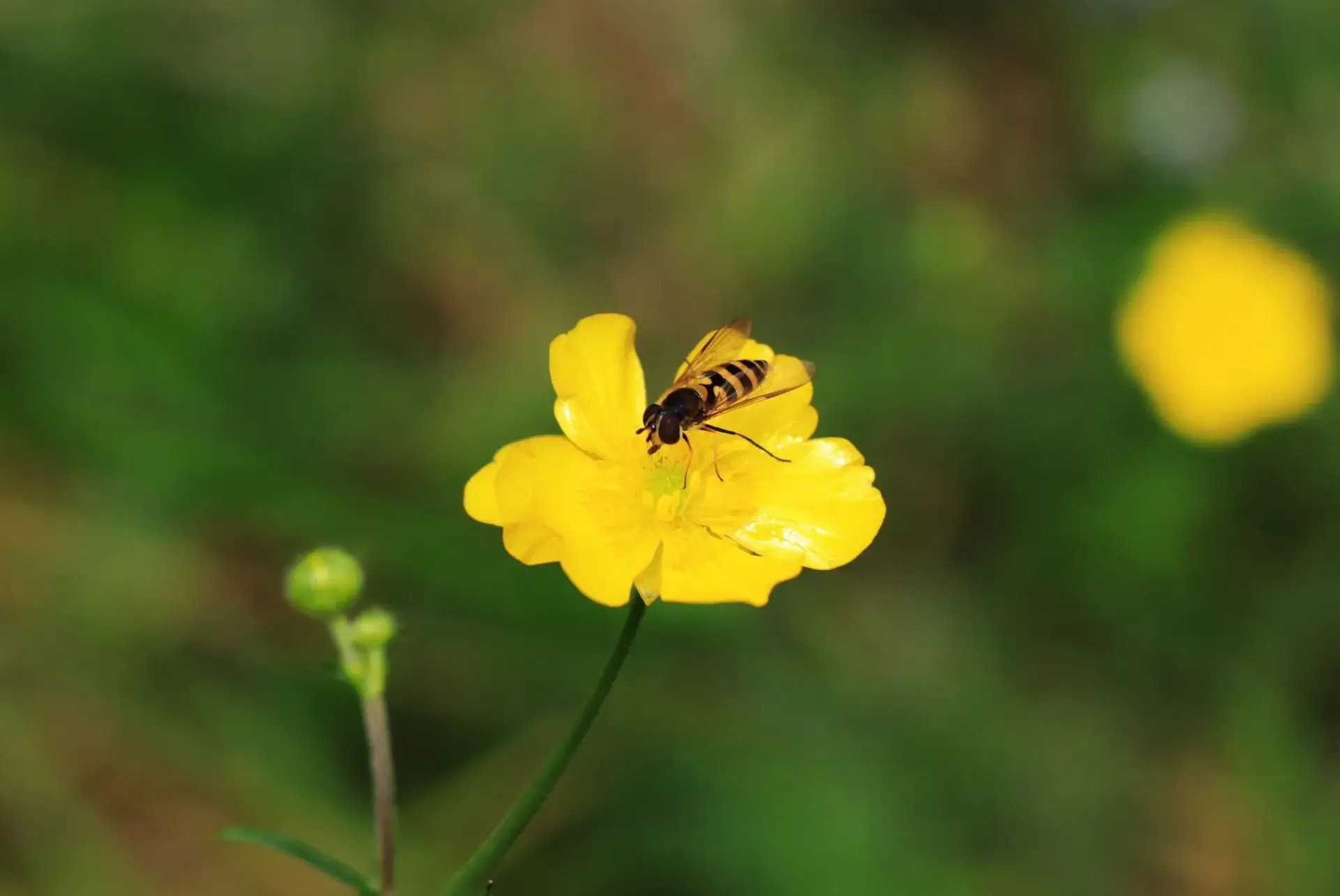
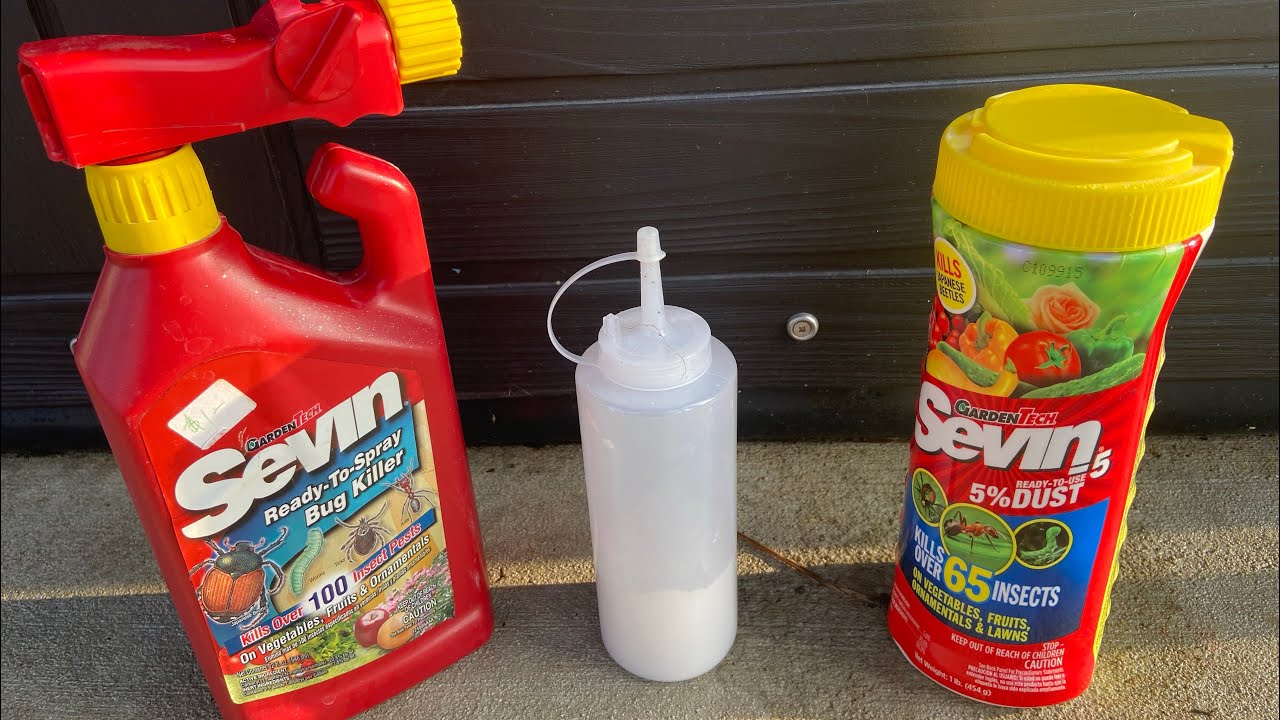
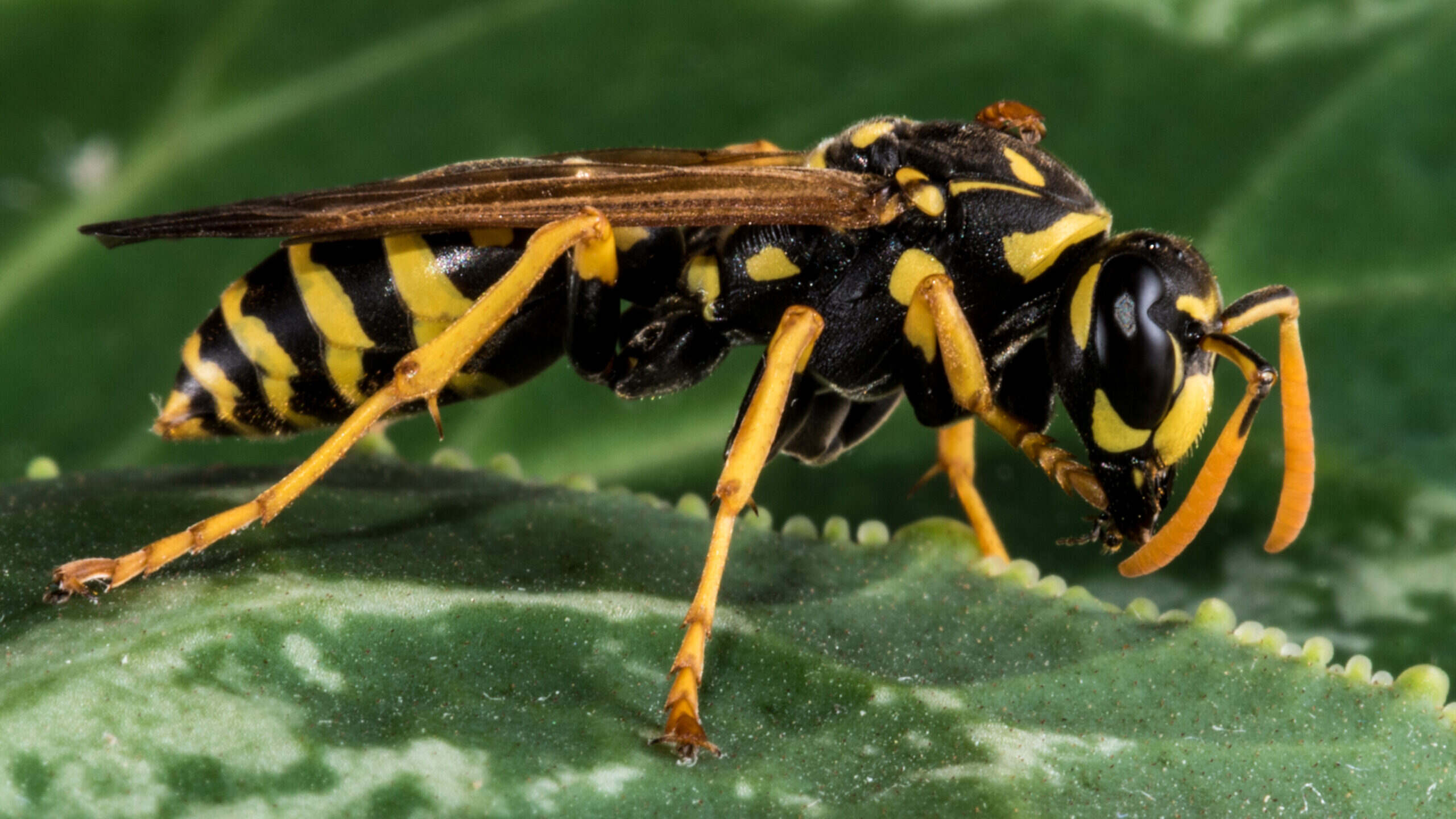
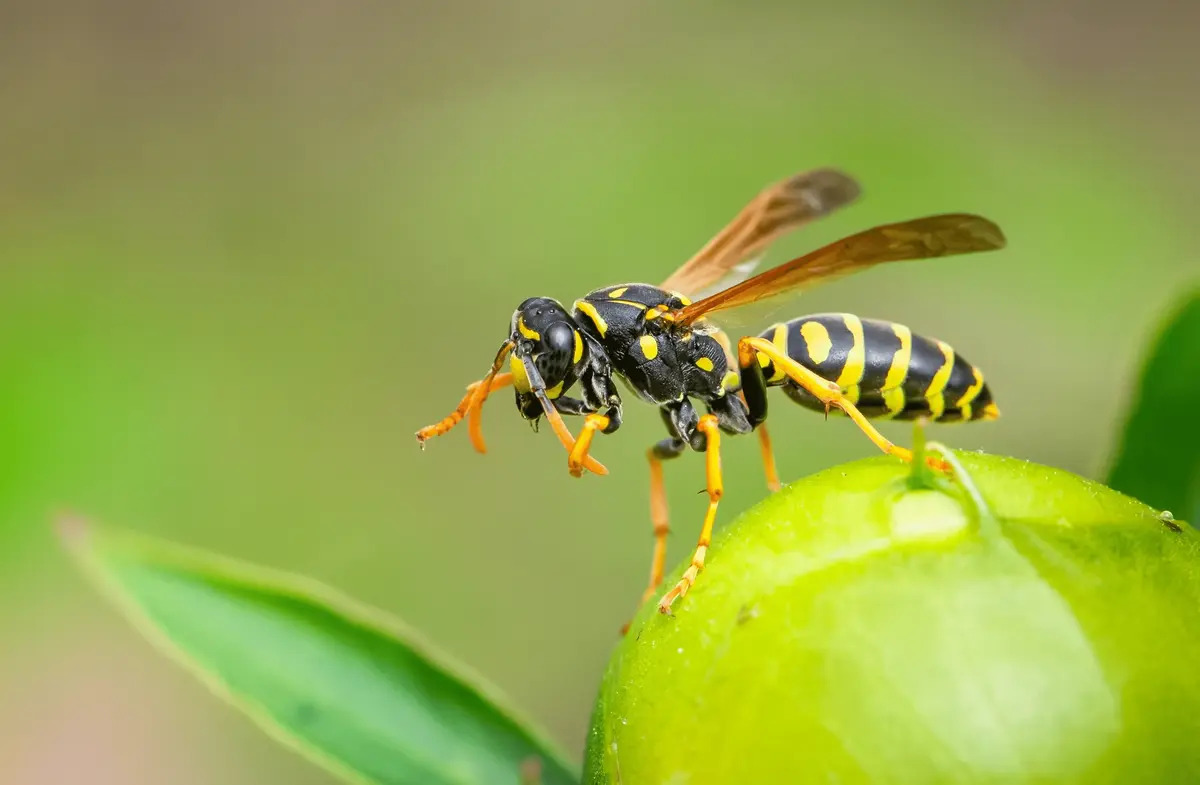
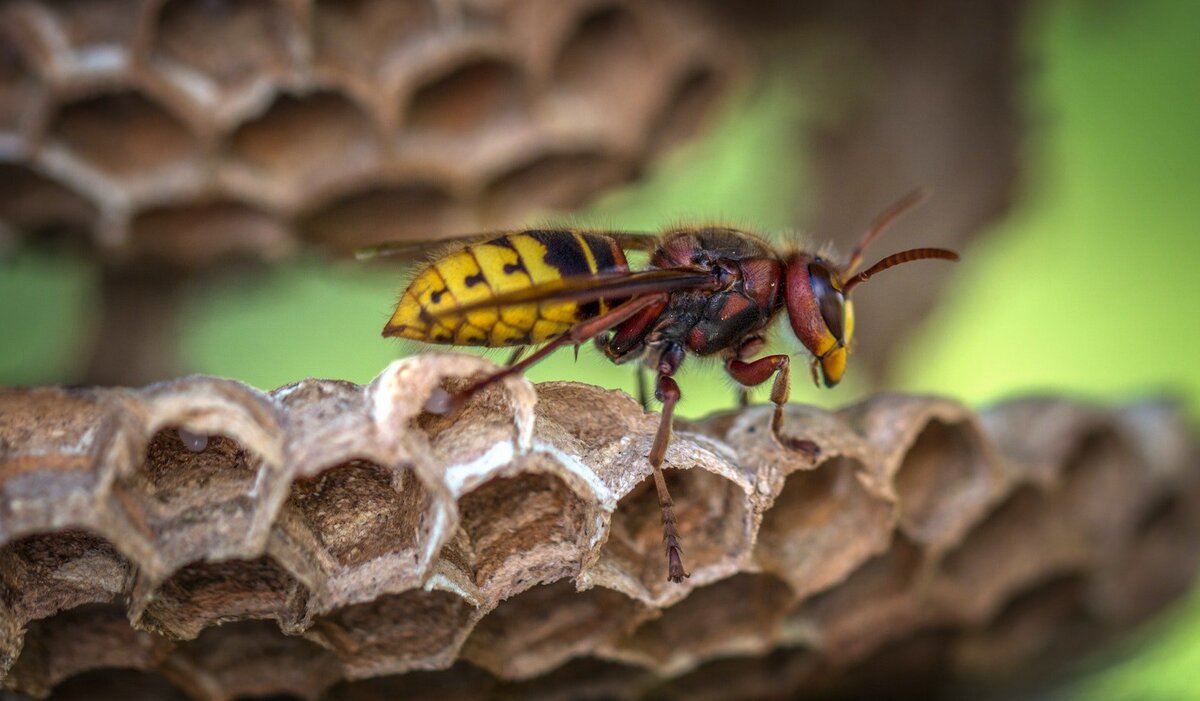
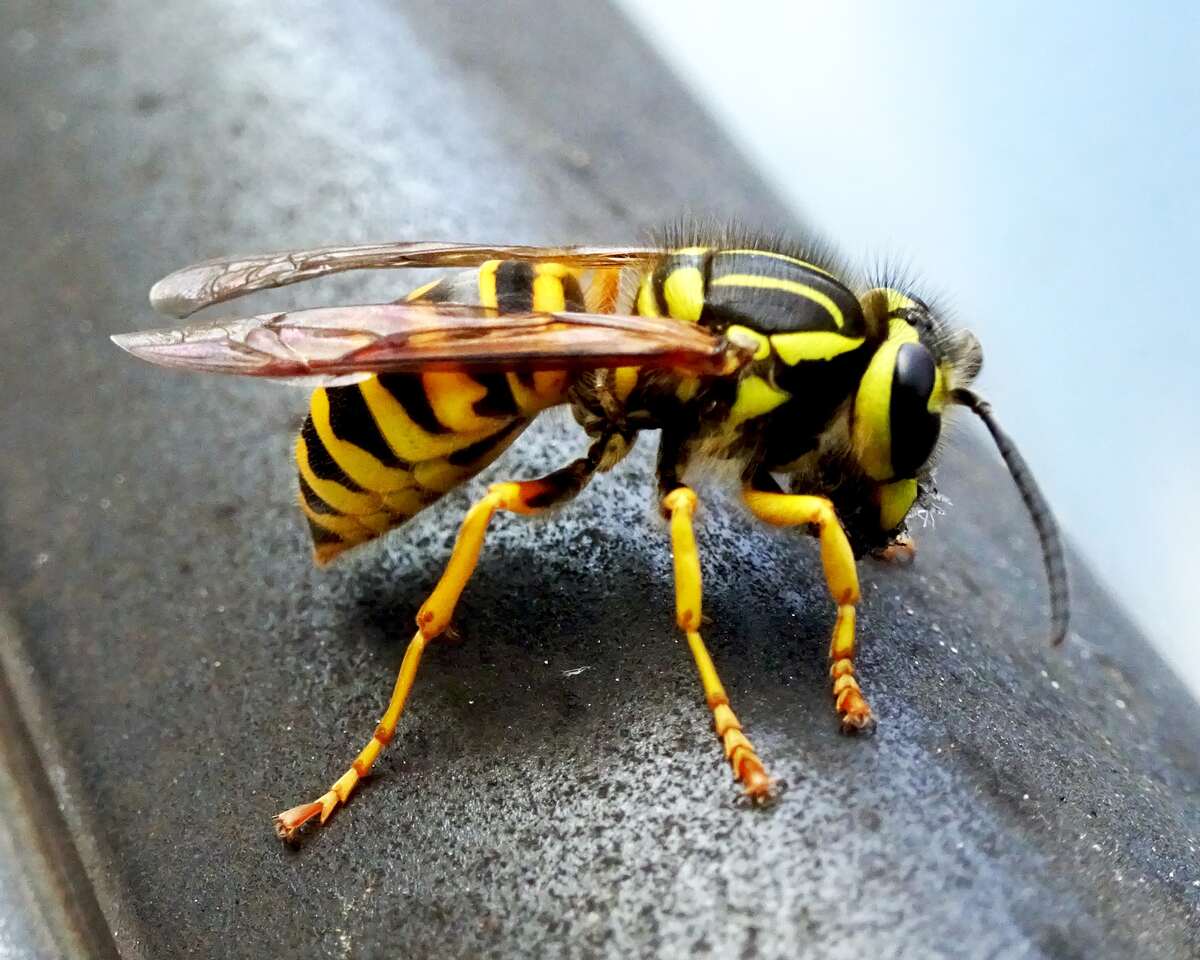
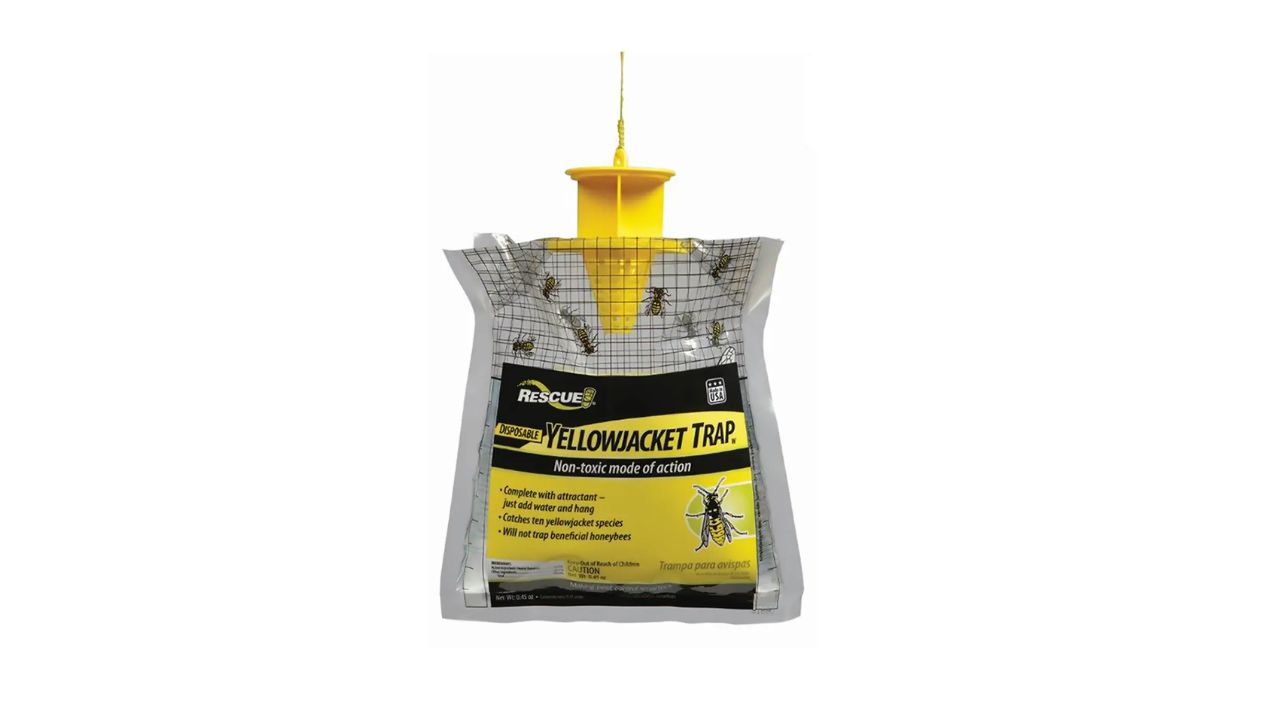
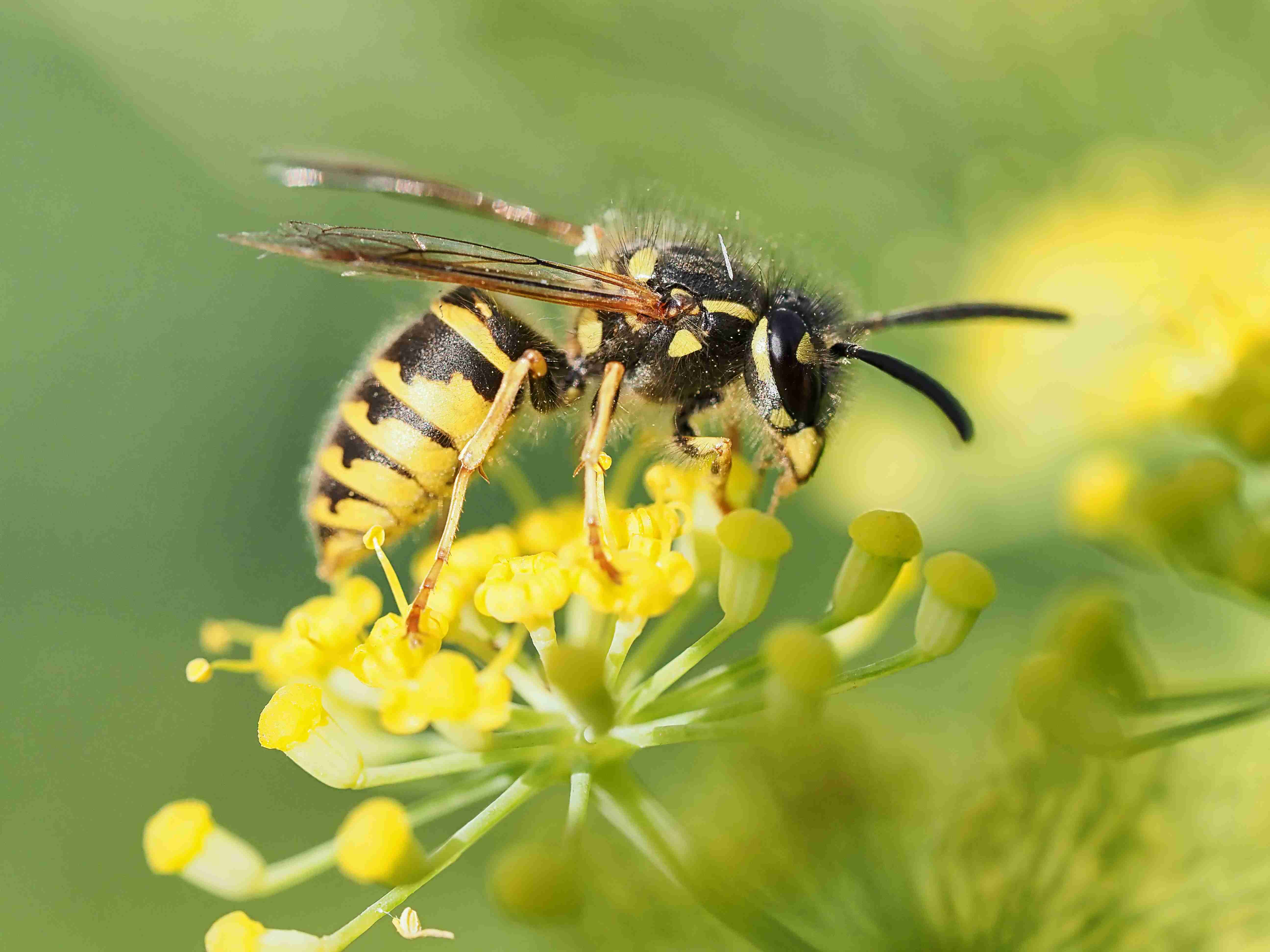
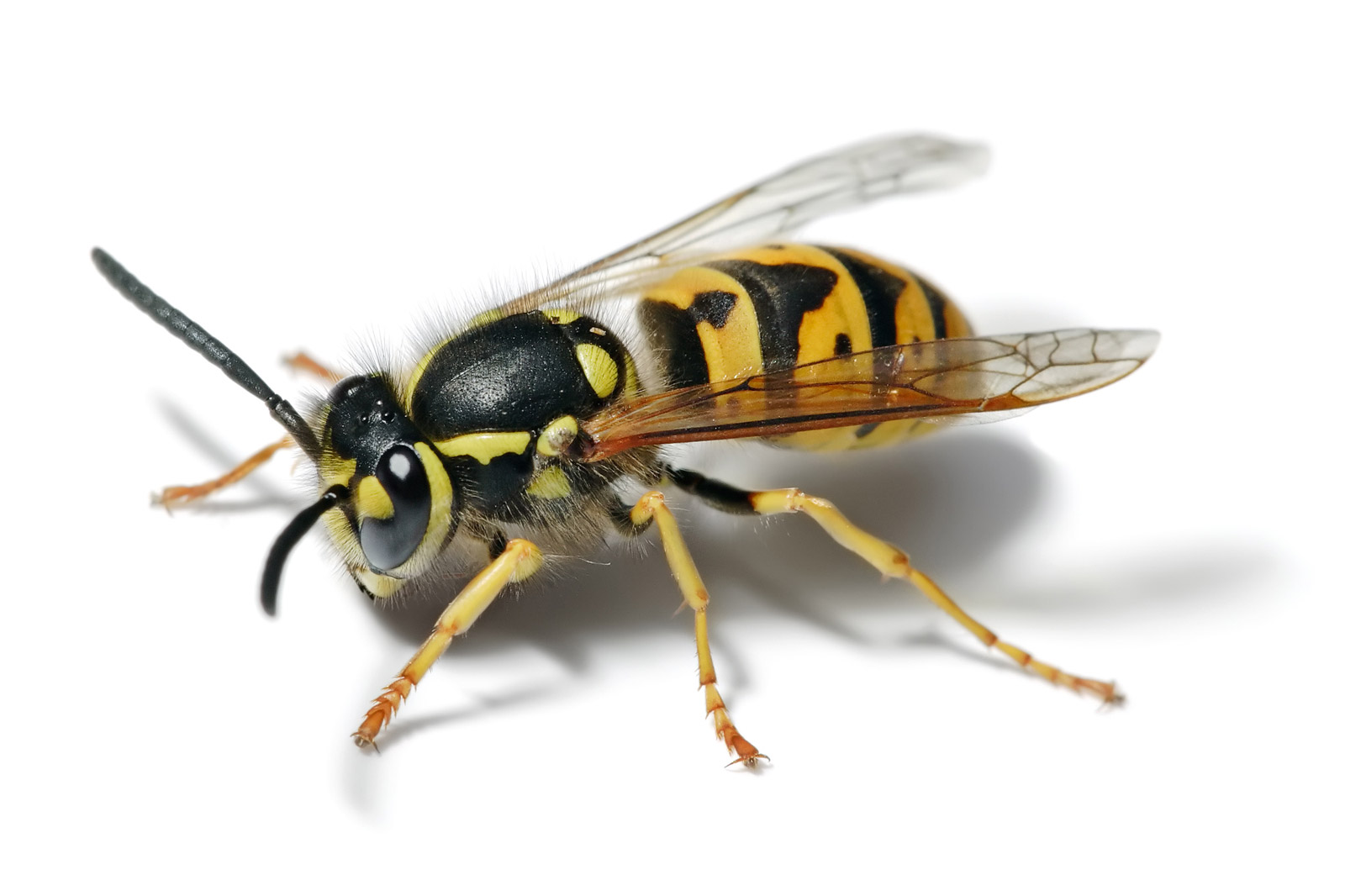
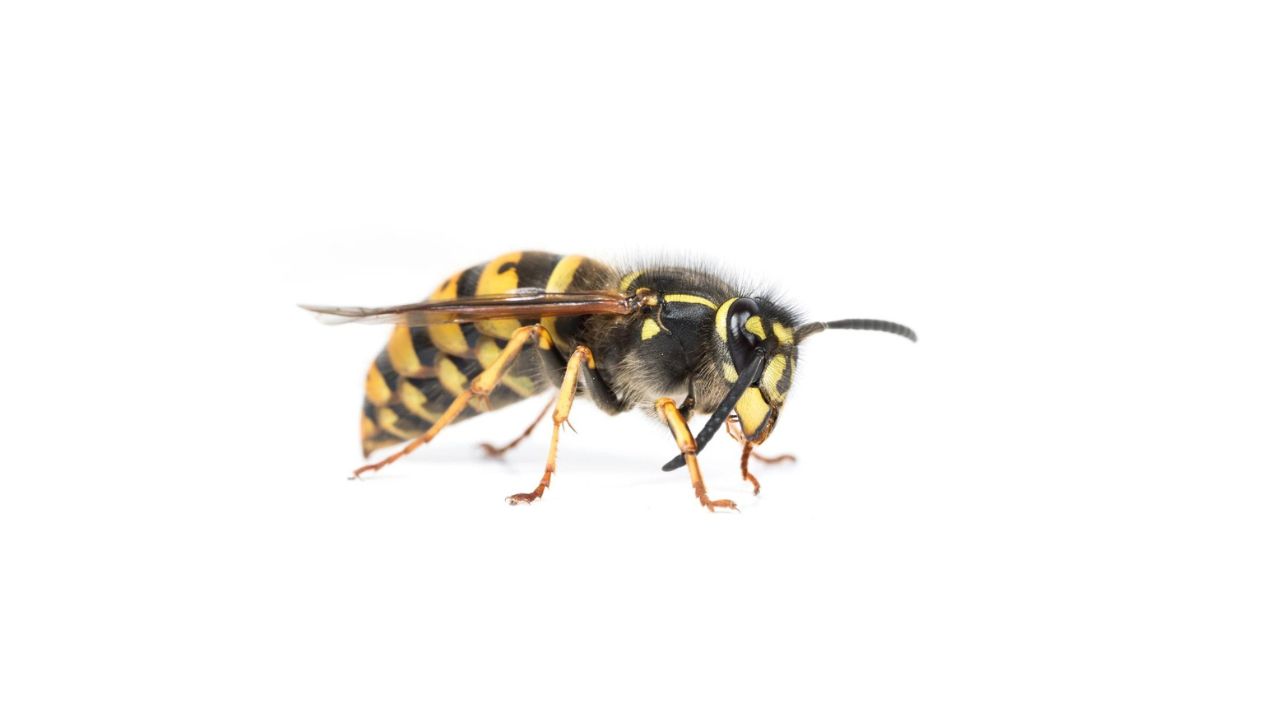
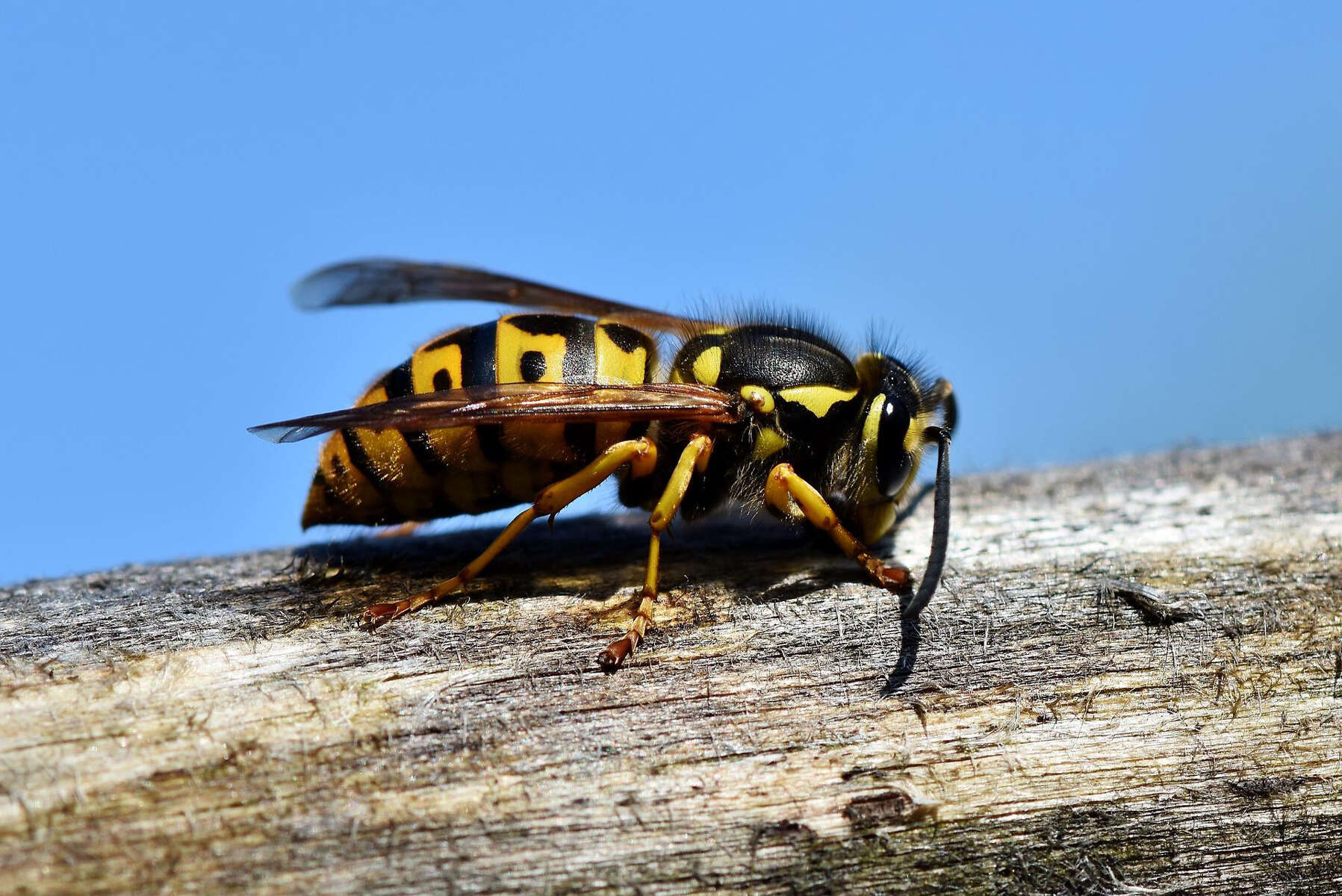
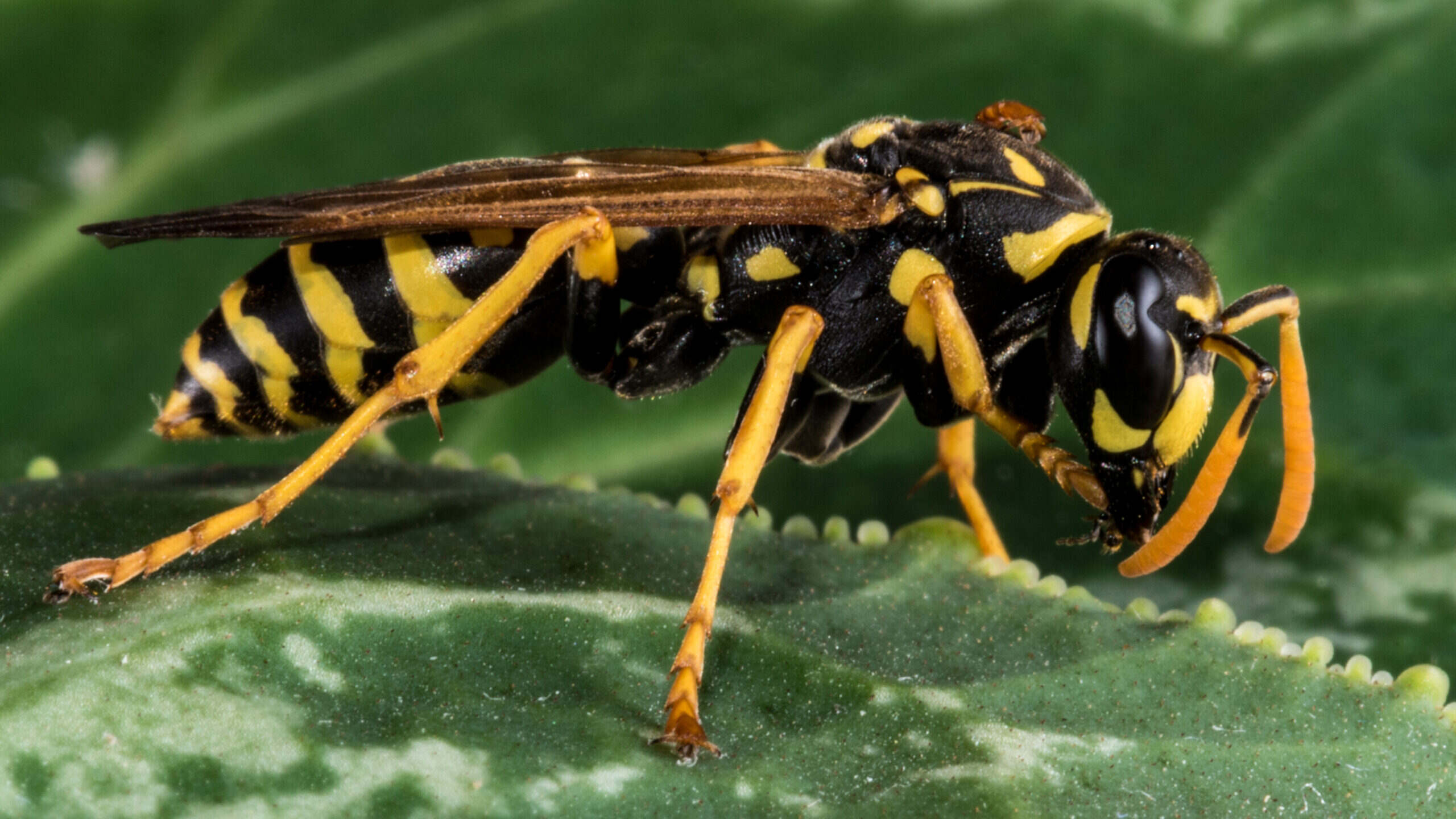

0 thoughts on “What Is Yellow Jackets About”